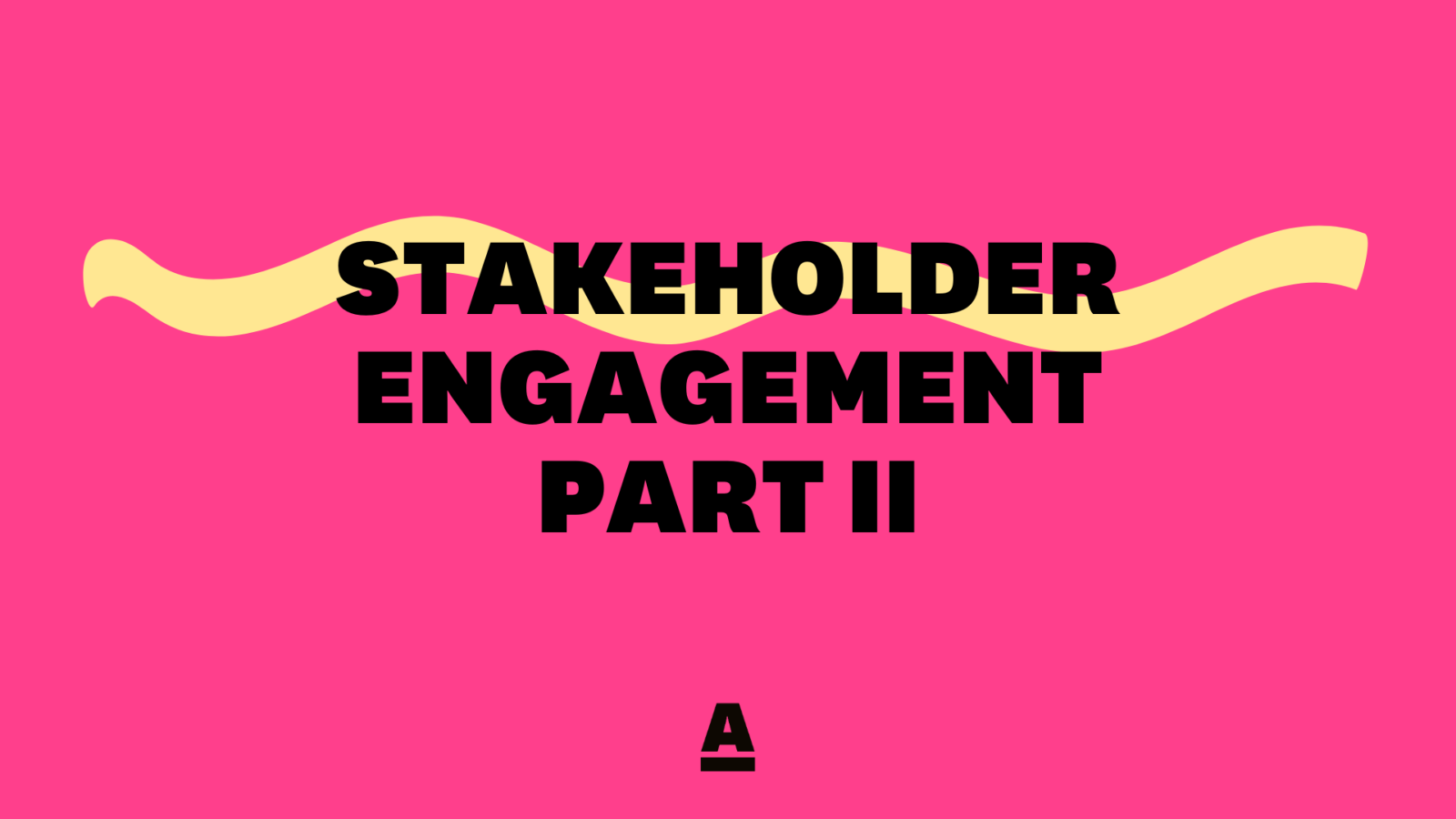Playing the Field: Strategies for Stakeholders
Managing stakeholders is like organising a big, complex party. You need to know who to invite, understand what each guest likes and keep everyone happy and informed. For a business analyst working on a digital business change initiative, this means identifying the right people, talking to them in ways they understand and keeping them connected throughout the project. Here’s a detailed but simple guide on how to do this effectively.
Identifying Stakeholders
This initial step involves identifying all potential stakeholders who might affect or be affected by the business change initiative. Start by figuring out who needs to be involved. Knowing who your stakeholders are helps you focus your efforts correctly.
There are two models that you can use to identify your stakeholders, each model takes a very different approach, so which model to use?
- Power/Interest Grid
A simple tool called the power / interest Grid helps you see who has the power to impact the project as well as how much they care about it. This method of identifying stakeholders has been rolled out to huge numbers of business analysts across a large number of organisations through BCS training courses, but does it work?
Rumour has it that this method often gets off to a great start, but then peters out once the overhead of maintaining all the management/communications kicks in – the team realise there isn’t enough time in the day to manage stakeholders and deliver the actual business change. Often, projects are underfunded when what the project really needs is at least one FTE (full time equivalent) as a line item in the budget to concentrate solely on managing/communicating with stakeholders.
- Stakeholder salience
Stakeholder salience identifies the importance of stakeholders in a project based on their power, legitimacy and urgency. It helps business analysts prioritise and address the needs of key stakeholders effectively, ensuring those who can significantly impact the project receive the most attention.
How to spot which stakeholders are right for you
Make a list of everyone you think is related to the project — this can include employees, bosses, suppliers and customers. Think about the selection criteria written in bold above and depending on which model you choose, decide who needs your attention.
Which engagement technique to select
Now comes the interesting part, selecting how to interact with, engage and communicate with your stakeholders. You may or may not know your stakeholders, in either case you will need to be well prepared.
Your options?
For some of your key stakeholders, you may choose to hold regular meetings, this is a straightforward way to keep them updated and involved and provides an opportunity to share progress, address concerns. You will need to listen carefully to understand your stakeholders’ perception of how the project is progressing and what it is they expect.
One of the most popular ways of actively engaging stakeholders is through workshops. These sessions can be used to brainstorm ideas, solve problems and build stronger relationships. Workshops encourage open communication and collaboration, making stakeholders feel valued and heard.
Emails are an efficient way to keep stakeholders regularly informed and updated about the latest developments without the need for meetings. This ensures that all stakeholders have access to the same information and gives them an opportunity to respond.
Personal discussions with key stakeholders can be crucial for addressing specific concerns or negotiations. These interactions allow for a more private and direct exchange of ideas, helping to build stronger relationships and a deeper understanding.
Each of these methods offer a different way to engage stakeholders, and often, a combination of these approaches work best to ensure all stakeholders are appropriately engaged according to their needs and influence on the project.
Other ways to engage with stakeholders…
A kickoff meeting is a great way to tell everyone about the business change initiative, the expected benefits and set up expectations. This is also a time for stakeholders to ask questions and express initial concerns.
Regular update meetings at set times keep everyone informed of progress… important for keeping stakeholders actively involved — something we should be very conscious of.
Where possible, you should focus on your important stakeholders in the decision-making process — this will help them buy into the project and take ownership of some of the issues, making them feel valued and responsible for its success.
How to build a Communications Plan
Start your plan by clearly stating why you are communicating, what you hope to achieve and how frequent the regular project updates will be. This helps to keep everyone informed; it manages expectations and smooths the way for everyone to get along.
Develop the right channels for your key messages
Think about the best ways to reach your stakeholders. You’ll need to create messages that speak directly to the different stakeholder groups, addressing their specific interests and concerns. The content for these messages should be identified from the various engagement techniques previously selected — active listening is a critical competency!
Feedback
Giving stakeholders the opportunity to give feedback, opens up the door to two-way communication which can help you understand how well your communications are working and capture feedback about what stakeholders really think about the project. This helps the project stay flexible and responsive to stakeholder needs.
Conclusion
Being a business analyst in charge of stakeholder management means you need to be selective about who you talk to, how you talk to them and how you keep them connected.
If you do this well, stakeholders will not only be supportive, they will help drive the project to a successful conclusion!

